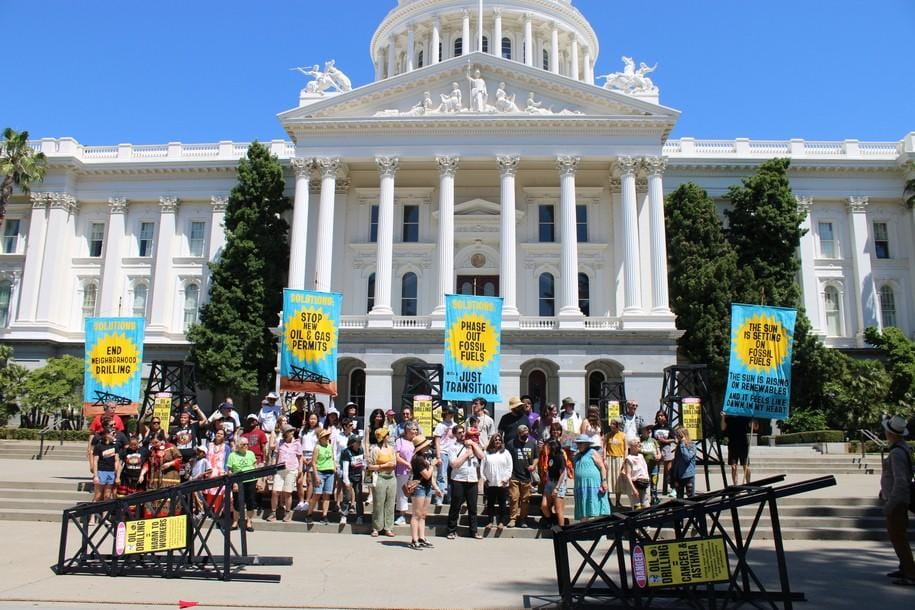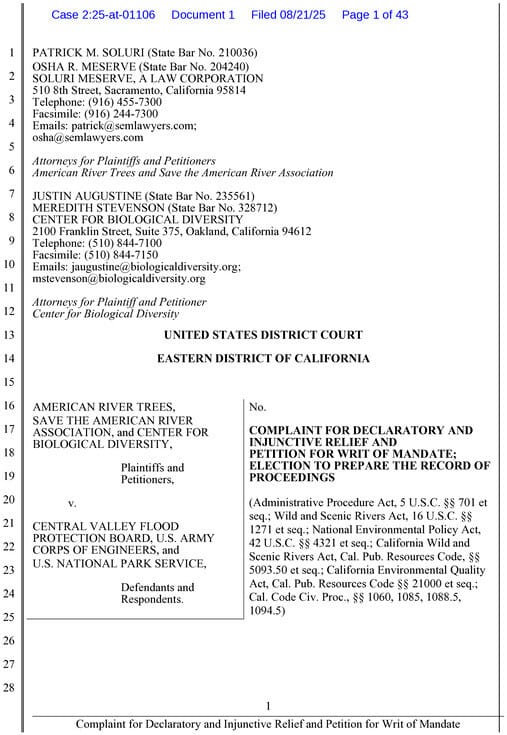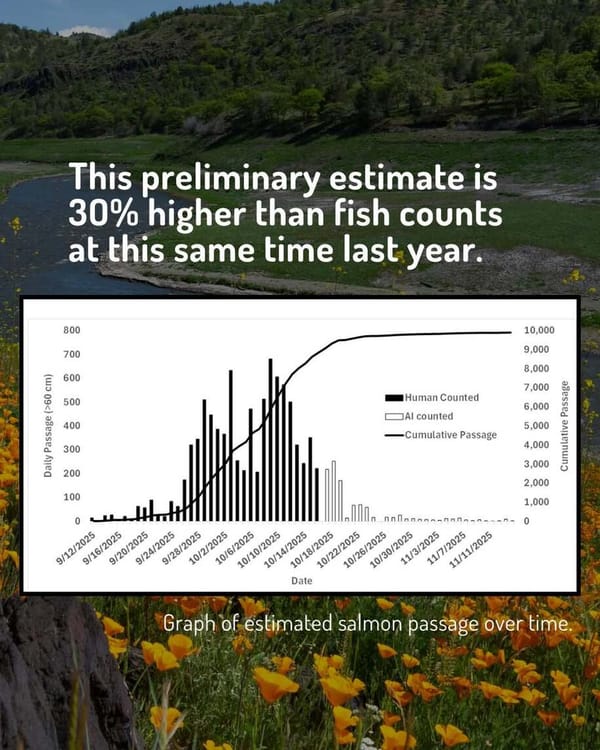Minimal New Oil Well Permits in Q1 2025, But Kern Co. Pipeline Bills Threaten Climate Progress
Over the past two years, California has moved away from rubber-stamping oil and gas drilling permits. But Kern County is now seeking to sidestep individual environmental reviews.





